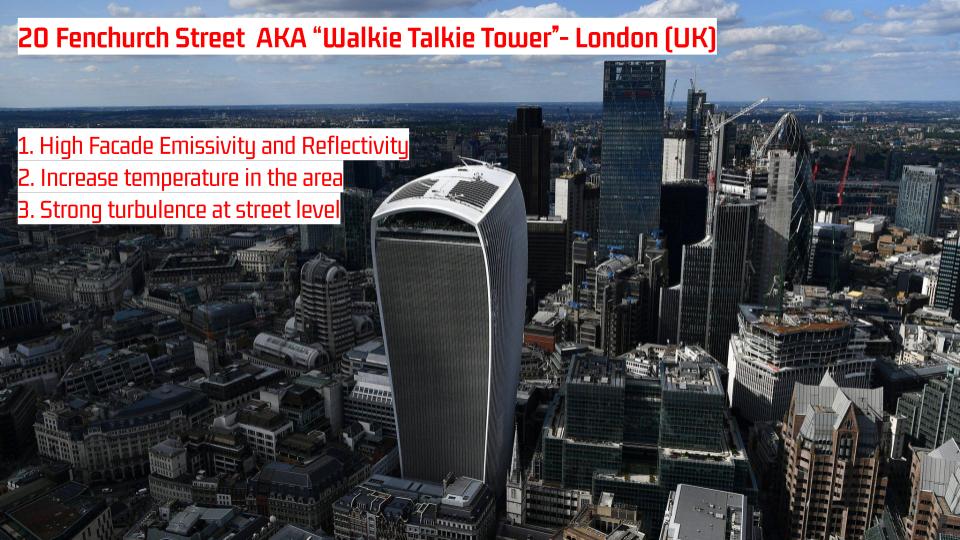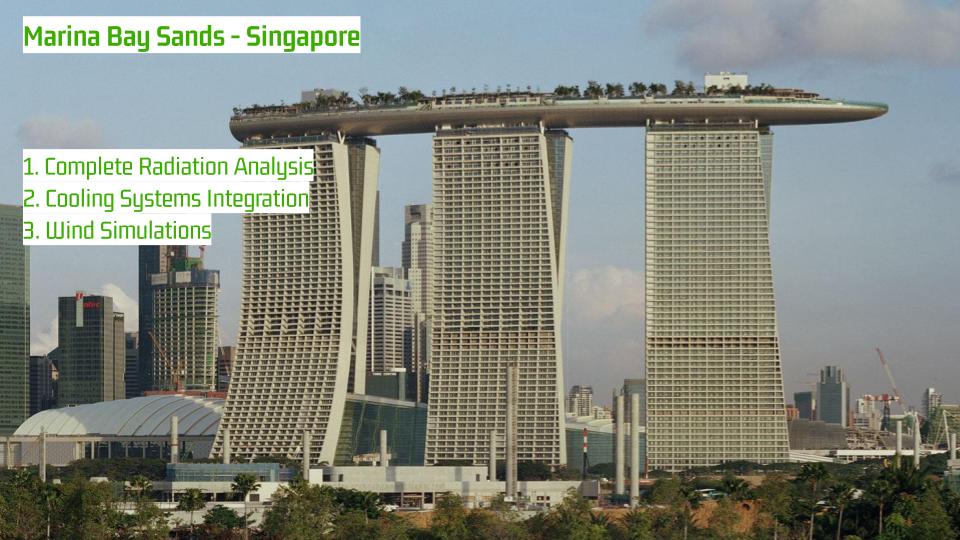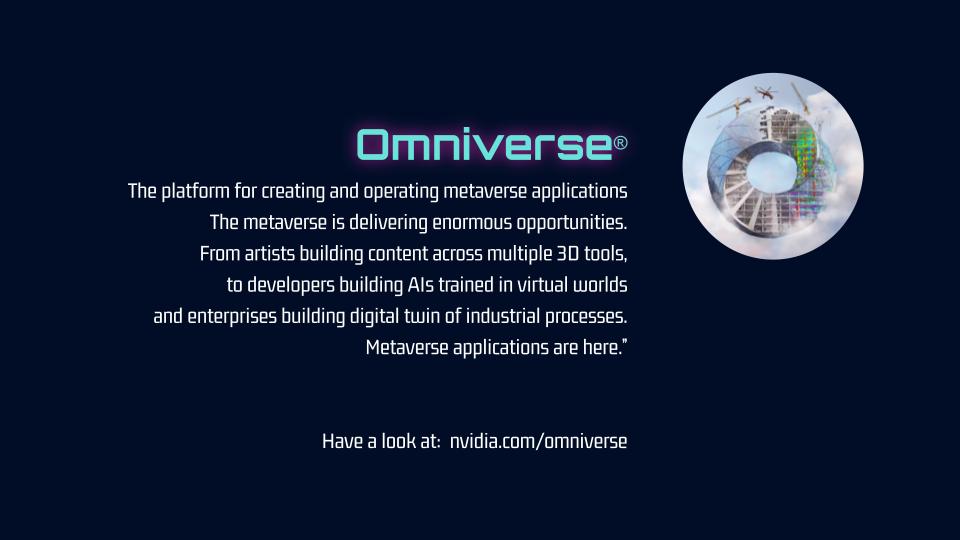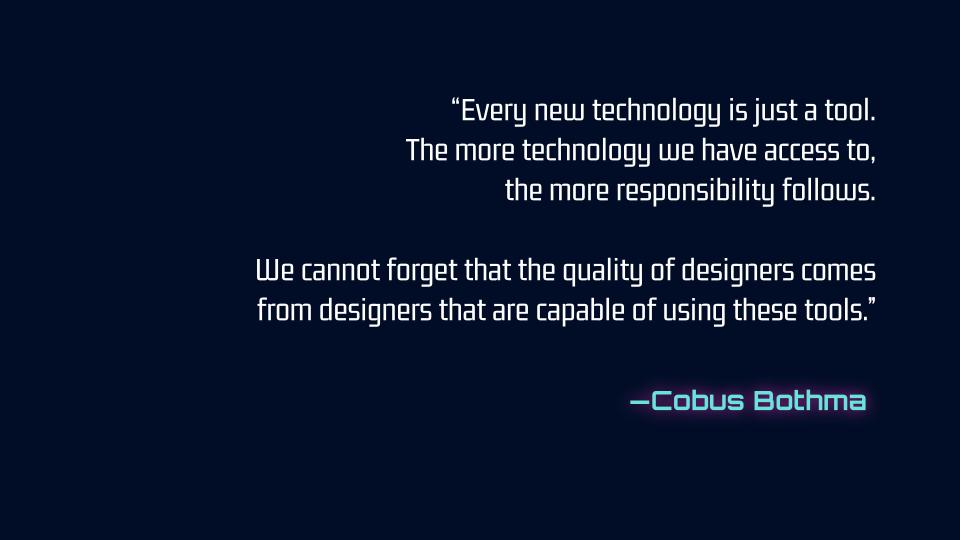The Metaverse 2.0 for an environmentally conscious design
If environmental consequences could be quickly computed by AI and reflected in an immersive digital model environment, the AEC industry could change the way it delivers results and reduce its carbon footprint? The research proposal is to investigate the “Infoverse”, an enhanced Metaverse for designers, where they are given an insight into a world of information for sustainable, efficient and responsible design.


An instance case is the 20 Fenchurch Street Tower in London, known as the “Walkie Talkie”. The building’s rounded façade together with the emissivity of the glass produce a magnifying glass effect that has caused melting and burning incidents on the objects targeted by the reflected rays. Could have this been avoided if emissivity and façade radiation were considered? We have many modern examples of contemporary flawed architecture, although we have the technology to avoid them.

In contrast, on a positive note, The Quay Quarter Tower in Sidney showcases a great example of re-use where environmental components are the drivers of design steps.


So, how is technology helping us to treat the environment better?
Construction is the 3rd contributor to Global Warming. If climate consequences could be quickly computed by AI and reflected in an immersive digital model environment, the AEC industry could change the way it delivers results and reduce its carbon footprint. The research proposal is to investigate the “Infoverse”, an enhanced Metaverse, to provide insight into a world of information for environmentally conscious design.



Cobus is an architect and computational designer, who is currently working at NVIDIA on the Omniverse platform, specifically in the AEC sector. The Omniverse is a collaborative, virtual platform for 3D design and simulation developed by NVIDIA, aimed at streamlining workflows, reducing physical prototyping and testing, and promoting collaboration. Previously, he also worked as the Director of Applied Research at Kohn Pedersen Fox, where he focused on AR/VR AI applications.

Go check out out podcast in Spotify:

